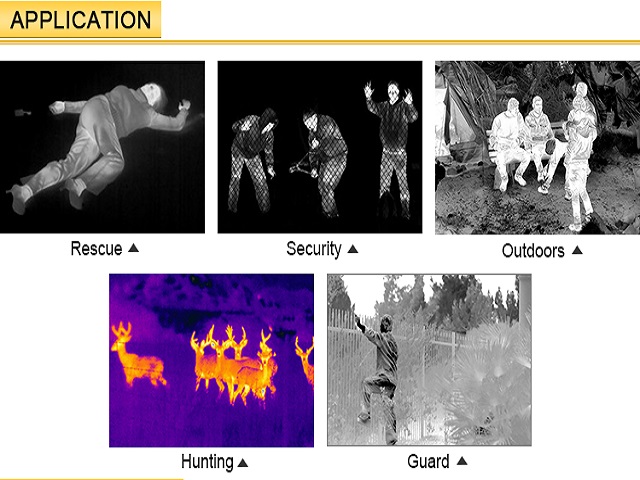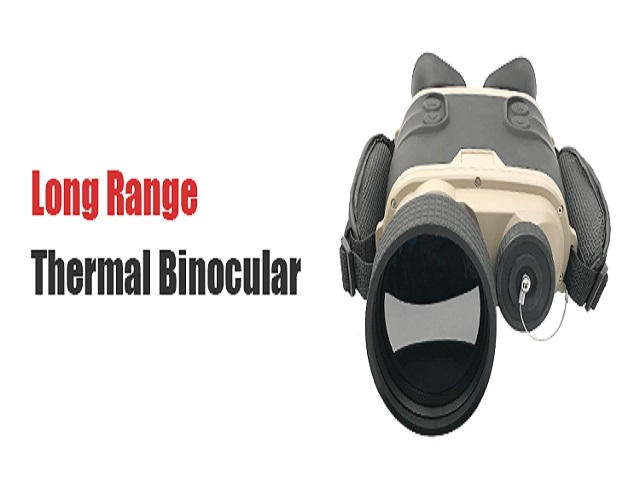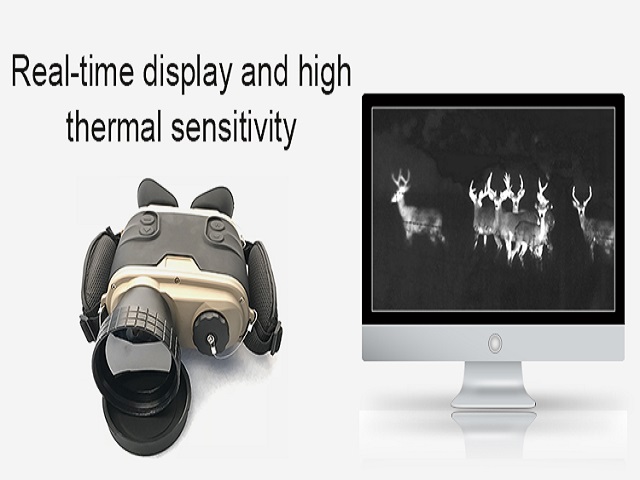A Brief Introduction of NETD
Sales Engineer: Grace Gao
Email: grace@bri-elec.com
WhatsApp: 0086-199 2997 5286
I. Definition of NETD
NETD, that is, thermal sensitivity, also known as Noise Equivalent Temperature Difference, is one of the main parameters of infrared thermal imaging devices. It is used to describe the minimum temperature difference value that can be detected by thermal imaging devices. The smaller the NETD value, the higher the sensitivity of the expression, the clearer the image.

NETD is commonly expressed in millikelvin temperature scale (K). When the noise and the minimum measurable temperature difference are equal, the detector has reached the limit of its ability to analyze effective thermal signals. The larger the noise, the greater the NETD value of the detector and the lower the sensitivity.
II. Measurement of NETD
To measure the noise-equivalent temperature difference of the detector, the thermal imaging device must be pointed at a temperature-controlled black body. Before starting the measurement, the black body must be fixed, and then the noise equivalent temperature difference is measured at a specific temperature. This is not a simple snapshot measurement, but a temporary measurement of noise.

III. Factors affecting NETD
1 Calibration the temperature measurement range.
If you choose different temperature measurement range and object temperature, the noise measurement will be different. As long as there is significant thermal contrast in the image, and the temperature of the target area is much higher than the background temperature, it will not cause much harm to the measurement accuracy.

2 Detector temperature.
When the thermal imager is moved to a higher temperature, the system noise will increase, depending on how stable the thermal imager is internally. Internal temperature drift can be observed between non-uniformity calibrations or NUCs, which may be a few minutes pitch.
3 The aperture number of the camera lens.

The f-stop number or f-number of the camera lens determines how the thermal radiation reaches the detector. In general, the lower the f-number, the better the noise value. Infrared thermal imaging camera NETD is 60mK at 25C, and the best can be 40mK. It has high sensitivity, accurate temperature measurement, clear image and stable performance.

